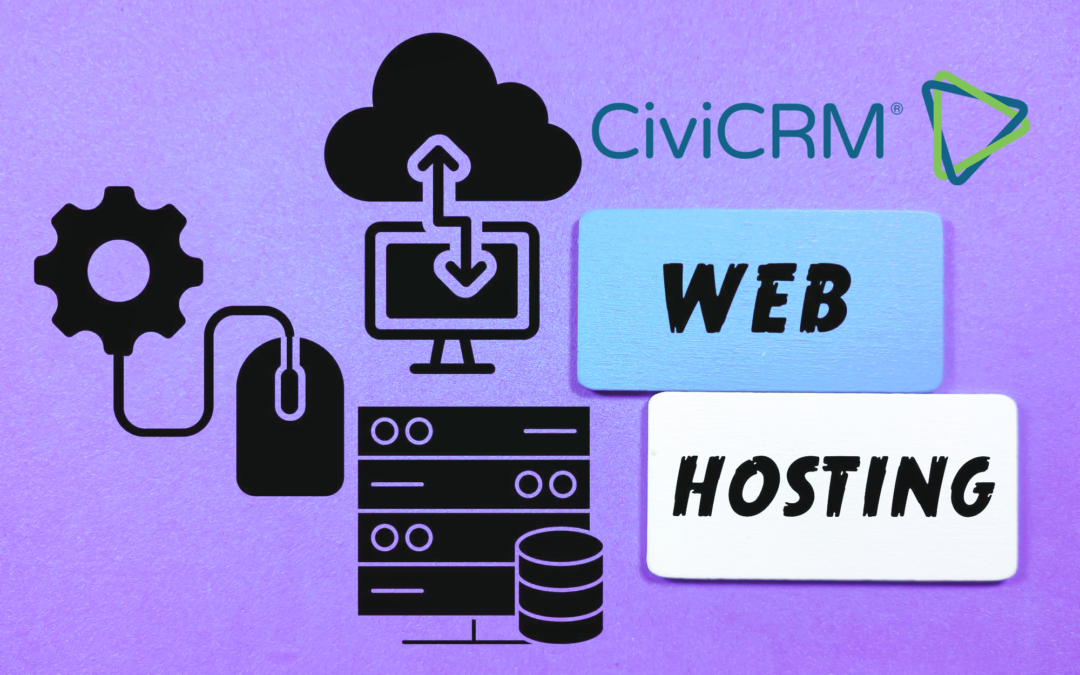Debunking the Myth:
One of the most common misconceptions about Drupal is that it’s overly complex and suitable only for experienced developers. While Drupal does offer powerful capabilities that cater to advanced users and developers, it is not inherently inaccessible to non-developers. Let’s debunk this myth by exploring how Drupal has evolved to be more user-friendly and accessible to a broader range of users.
1. User-Friendly Interface
Drupal’s interface has evolved significantly over the years to become more intuitive and user-friendly. The admin interface, known as the “Drupal Dashboard,” offers a clean and organised layout that simplifies content creation, management, and customisation. The menu structure is well-organised, making it easy to find the features and settings you need.
2. Content Creation and Management
One of the core functions of any CMS is content creation and management. Drupal excels in this area, offering a straightforward content editor that resembles popular word processors. Creating and formatting text, adding images and videos, and embedding media is as simple as using a basic text editor.
3. Flexible Content Types
Drupal allows you to create custom content types tailored to your website’s needs. While this might sound technical, the user interface makes it surprisingly easy. With a few clicks, you can define various content elements and their display, making it convenient to present your content in a way that aligns with your vision.
4. Drag-and-Drop Layouts
Thanks to contributed modules like the “Layout Builder,” you can now visually design your website’s layout using a drag-and-drop interface. This powerful tool lets you arrange content blocks and sections on your pages without touching a single line of code. It’s like building with virtual building blocks.
5. Rich Module Ecosystem
The Drupal community has developed a vast array of modules that add functionality to your website. These modules range from e-commerce solutions to SEO tools, and many are user-friendly and require minimal configuration. With modules, you can extend your website’s capabilities without delving into coding intricacies.
6. Themes and Design Customisation
While design customisation might seem like a developer’s job, Drupal has themes that cater to various styles and industries. These themes often come with built-in customisation options, allowing you to adjust colors, fonts, layouts, and more through a user-friendly interface.
7. Community Support and Resources
Drupal boasts a supportive and active community that provides resources, tutorials, and forums to help users of all skill levels. Whether you’re looking for troubleshooting tips or guidance on specific features, the Drupal community is there to assist.
8. Hosted Solutions
If you’re still unsure about setting up your own Drupal instance, there are hosted solutions that take care of technical aspects for you. These platforms provide simplified interfaces and environments, allowing you to focus on content creation and customisation.
In conclusion, the notion that Drupal is exclusively for developers is an outdated misconception. With its modernized interface, user-friendly tools, and a supportive community, Drupal is accessible to non-developers who want to create and manage impressive websites. Don’t let the myth hold you back from exploring the capabilities of this versatile CMS. Whether you’re a blogger, small business owner, or content creator, Drupal can empower you to build an engaging online presence without the need for extensive coding skills.
You Might Also Like
No Results Found
The page you requested could not be found. Try refining your search, or use the navigation above to locate the post.

Choosing the Best Hosting Solution for Your CiviCRM Implementation
As you embark on your CiviCRM journey, one of the crucial decisions you'll face is selecting the right hosting...

Creating Your First WordPress Website: A Step-by-Step Guide
In today's digital age, having an online presence is crucial for individuals and businesses alike. One of the easiest...

How CiviCRM Can Help Your Clinic or Pharmacy Work Smarter, Not Harder
Running a clinic or a pharmaceutical business is no walk in the park. From managing patient details to handling...

